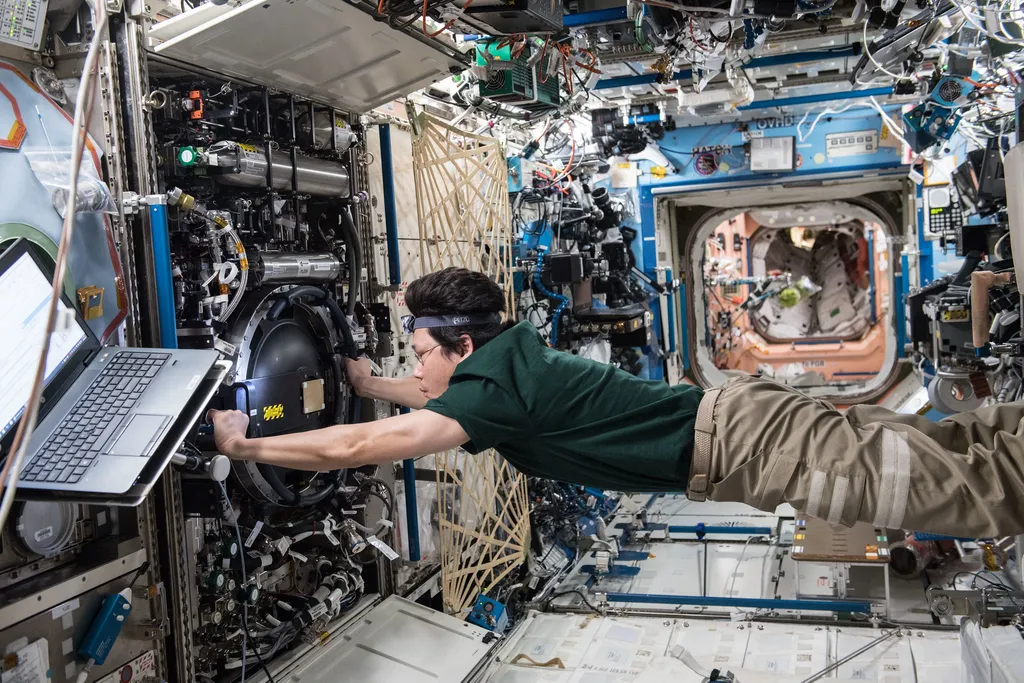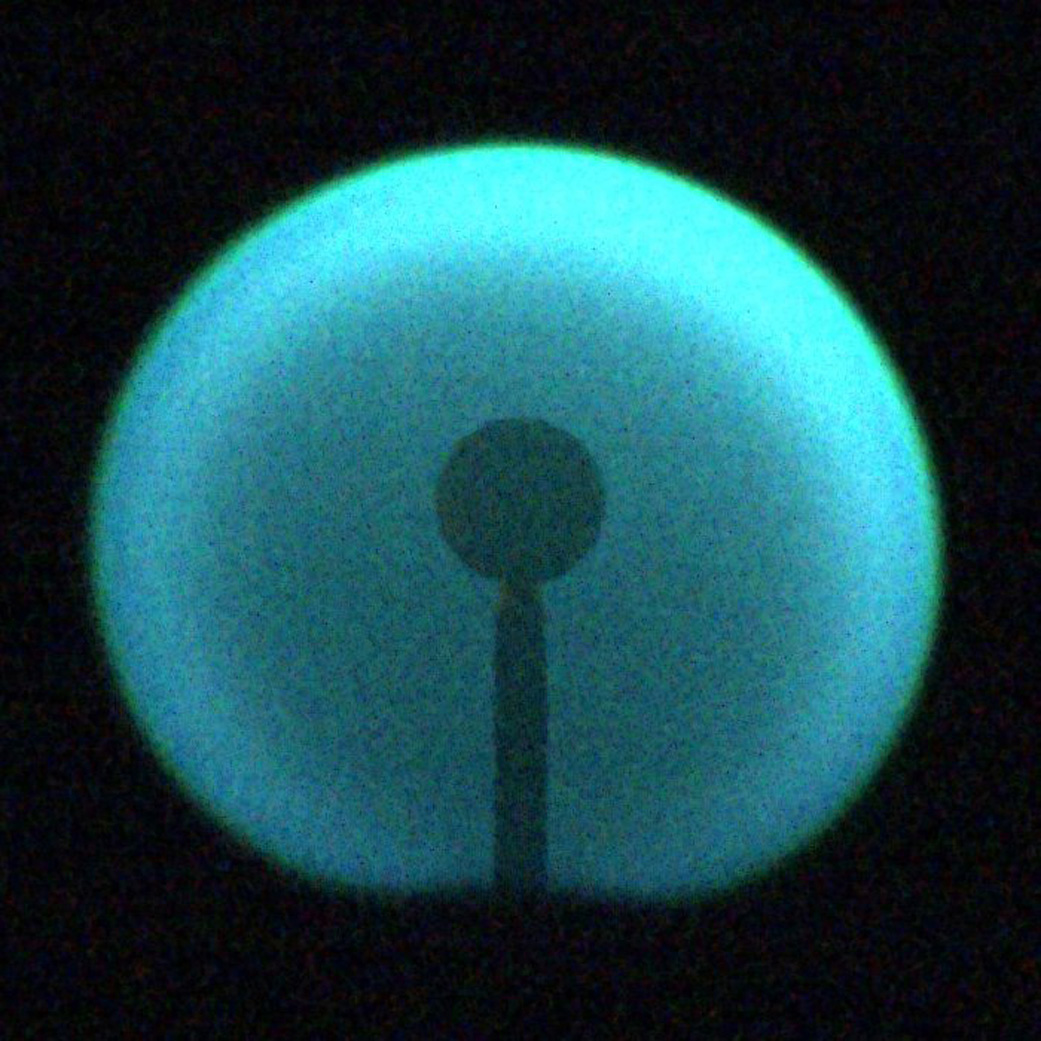Fire was not only important to human life in antiquity but still remains integral to our modern lives. It heats our homes and water, cooks our food, generates electricity, and propels our vehicles, among other things. Yet, given its great complexity, there is still much we don’t know about the complexities of flame behavior.
A team of researchers from academia, NASA’s Glenn Research Center, the agency’s Biological and Physical Sciences Division, and other organizations recently completed a series of investigations on the International Space Station to obtain a better understanding of combustion phenomena. The Advanced Combustion via Microgravity Experiments, or ACME, project’s in-orbit testing began in 2017 and comprised six successful investigations of non-premixed flames of gaseous fuel.

Non-premixed flames, like candle flames, are ones in which the fuel and oxidizer stay separate before reaction or ignition. Premixed flames occur in many of the above-mentioned everyday use scenarios, when the fuel and oxidizer are mixed prior to reaction.

The six ACME experiments were:
- Burning Rate Emulator (BRE) – demonstrated materials can burn for minutes in the absence of air flow in crew vehicle atmospheres being considered for future missions.
- Coflow Laminar Diffusion Flame (CLD Flame) – yielded benchmark data at sooty and highly-diluted extremes to improve computational models.
- Cool Flames Investigation with Gases (CFI-G) – resulted in non-premixed cool flames of gaseous fuels without enhancements, such as heated reactants, pulsed plasmas, or ozone addition, that have been required in ground testing.
- Electric-Field Effects on Laminar Diffusion Flames (E-FIELD Flames) – demonstrated the potential use of electric fields to reduce emissions from non-premixed flames.
- Flame Design – demonstrated, for the first time, quasi-steady non-premixed spherical flames, and radiative heat loss leading to extinction for larger flames.
- Structure and Response of Spherical Diffusion Flames (s-Flame) – provided data on flame growth and extinction for the improvement of computational models.
The experiments were conducted with a single modular set of hardware in the space station’s Combustion Integrated Rack (CIR). The tests were remotely commanded from NASA’s Glenn ISS Payload Operations Center in Cleveland.
“Over 1,500 flames were ignited, more than three times the number originally planned,” said Stocker. “Several ‘firsts’ were also achieved, perhaps most notably in the areas of cool and spherical flames.”
Stocker said about 50 personnel from NASA Glenn, academia, and ZIN Technologies, Inc. supported ACME during four and a half years of in-orbit operations. In addition, more than 30 crew members from six countries played an essential role in setting up the hardware for each investigation and replacing gas bottles, igniter tips, and other experiment-specific hardware as needed.
The ACME hardware has been removed from the CIR to make room for the Solid Fuel Ignition and Extinction, or SoFIE, hardware that launched in February 2022, which is the next step in NASA’s in-orbit combustion research. The ACME hardware is scheduled to return to Earth in the coming months with the intent to launch again to the space station with future experiments.






